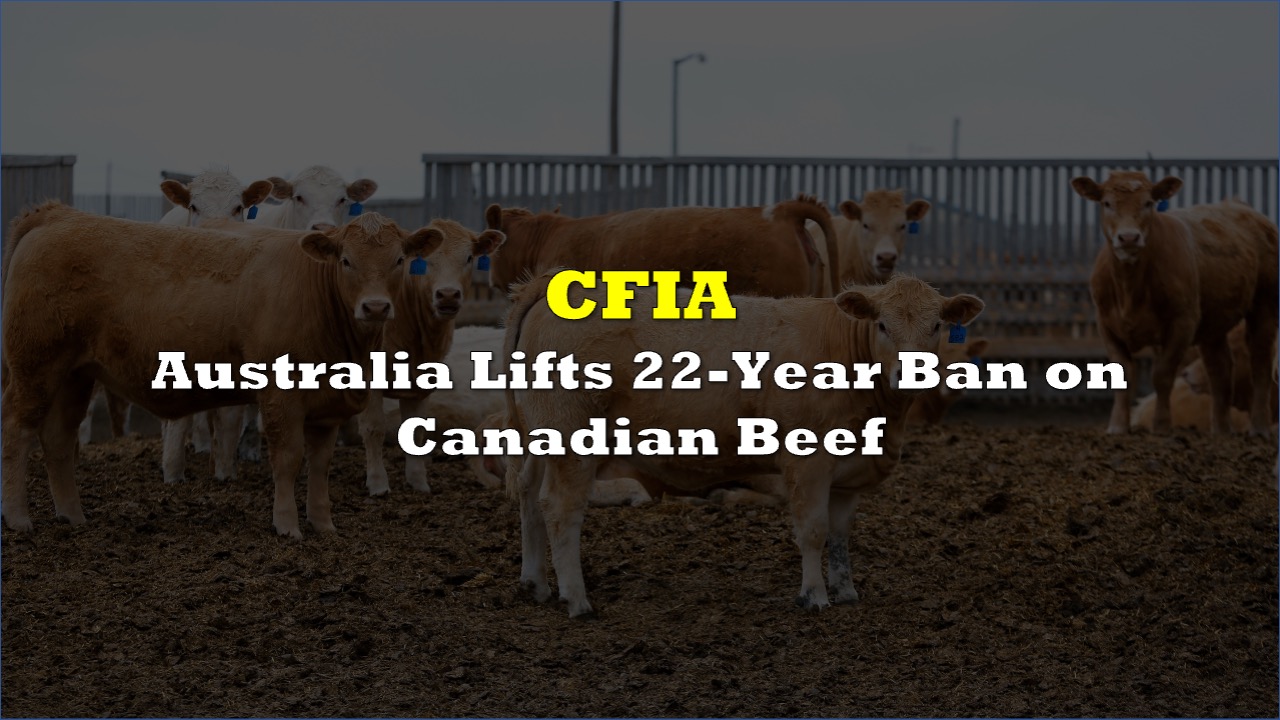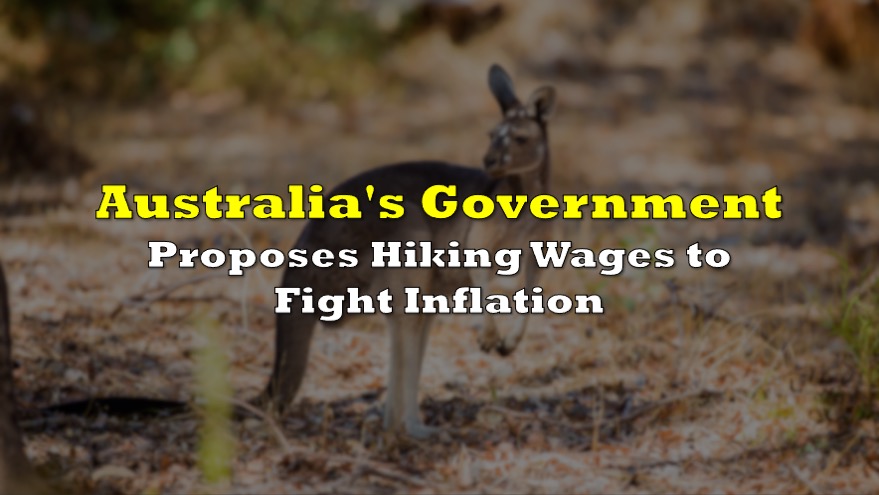For the first time in more than two decades, Canadian beef producers can export to Australia after authorities there completed a biosecurity review and removed trade barriers that officials imposed during the 2003 mad cow disease crisis.
The Canadian Food Inspection Agency announced Tuesday the end of restrictions that began when authorities first detected bovine spongiform encephalopathy in Canadian cattle. Australia had remained among the few countries still maintaining the ban.
OTTAWA, July 29 (Reuters) – Australia has lifted a 22-year-old ban on the import of Canadian beef and beef products, the Canadian Food Inspection Agency said in a statement on Tuesday #cdnpoli
— David Ljunggren (@reutersLjungg) July 29, 2025
The market reopening follows similar action last week involving US beef, where Australia removed restrictions on meat from cattle that Canadian or Mexican ranchers raised but American facilities processed. That decision came amid broader trade tensions, with Australia facing Trump administration tariffs of 10% on most goods and 50% on steel and aluminum.
Trump criticized Australia’s beef import rules in April when imposing tariffs, saying “Australia bans — and they’re wonderful people, and wonderful everything — but they ban American beef” despite the US importing billions in Australian beef.
Australia may use the beef decision in trade negotiations as it seeks relief from Trump’s tariffs after the president demanded earlier this year that Canberra lift its import restrictions. Canadian officials praised the development as strategically important for expanding into Asia-Pacific markets.
“With restored access to Australia, a key market in the Indo-Pacific, we can unlock more opportunities for our producers to deliver the top-quality beef we’re known for,” Agriculture Minister Heath MacDonald said.
Industry representatives expressed satisfaction with the outcome. Tyler Fulton, president of the Canadian Cattle Association, said producers are proud to deliver some of the safest and highest-quality beef globally.
Market analysts, however, tempered expectations for immediate export growth, citing economic realities that may limit actual trade despite the policy change.
The primary obstacle is price. “US beef is still very highly priced compared to Australian beef,” said Jerry Klassen of Resilient Capital. “North American beef is really the highest-priced in the world.”
This price gap stems from supply shortages across North America. Drought and rising production costs have reduced US cattle herds, creating a situation where America imports more beef than it exports. Rather than sending beef to Australia, the US currently sources supplies from Australia and Canada to meet its own domestic demand.
For Canadian producers, the restrictions had significant historical impact since the industry depends heavily on exports. The 2003 crisis severely disrupted these trade relationships.
Information for this story was found via the sources and companies mentioned. The author has no securities or affiliations related to the organizations discussed. Not a recommendation to buy or sell. Always do additional research and consult a professional before purchasing a security. The author holds no licenses.









